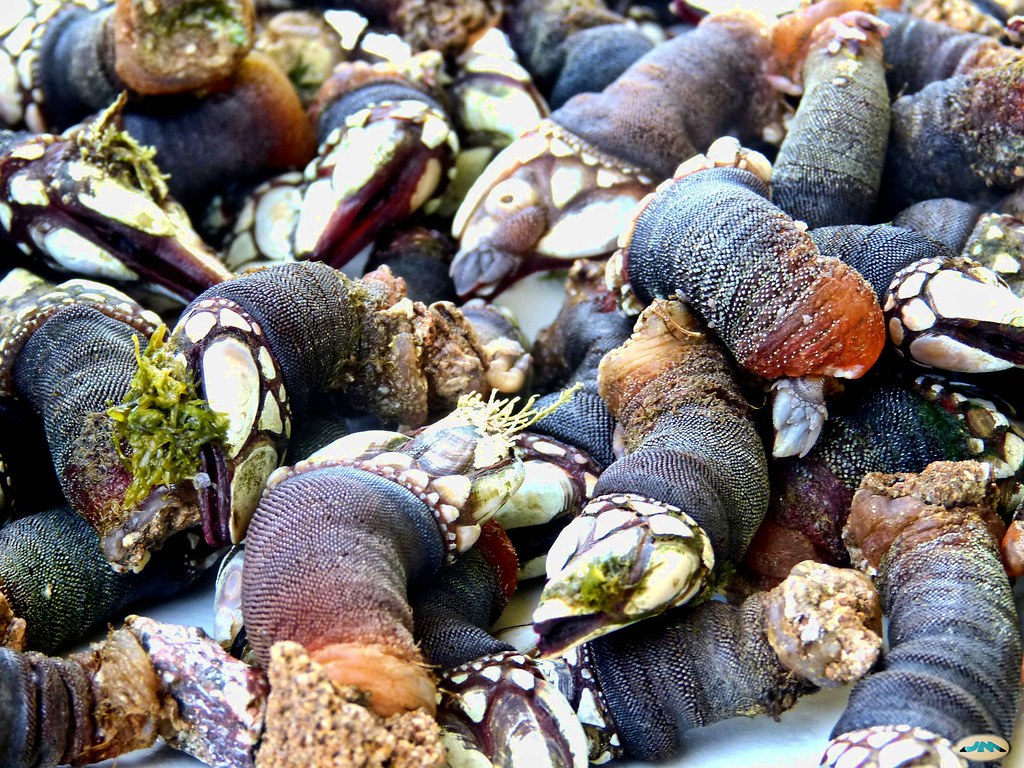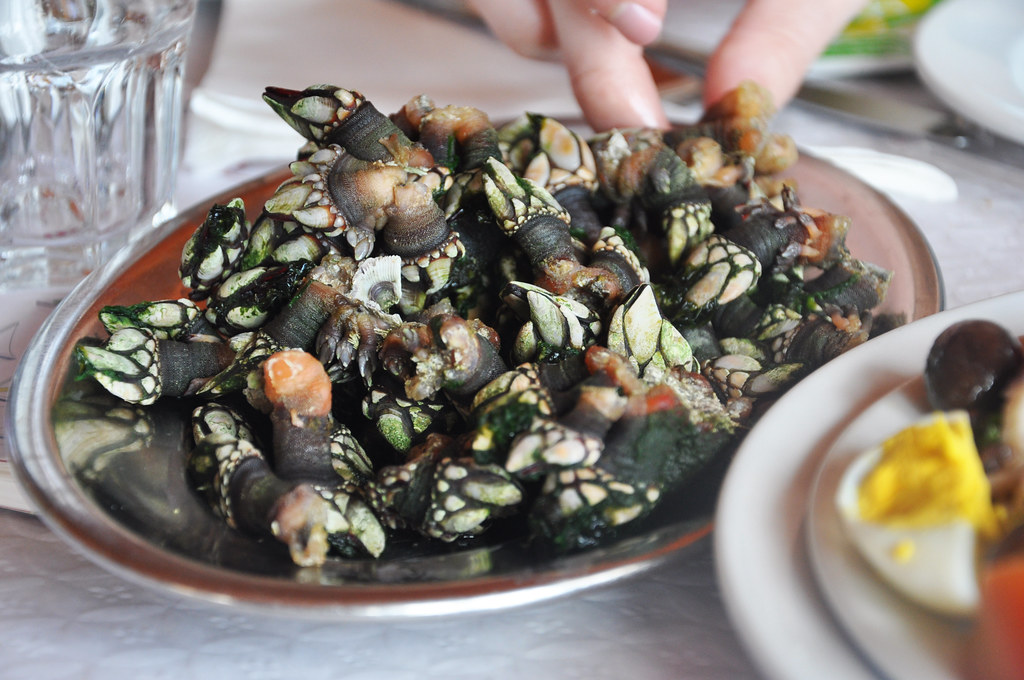Sometimes it seems that the most odd-looking culinary ingredients are the most opulent and exclusive. Truffles, anyone? Percebes also make this list of oddity and opulence. Read on to learn more about these tasty little crustaceans and what makes them so costly and coveted.
What are Percebes?
Percebes (aka goose or gooseneck barnacles) are crustaceans, and like other barnacle-like sea critters they attach themselves to all manner of oceanic objects from rocks to shipwrecks, to piers. Percebes are native to eastern Atlantic coastlines, found as far north as England and as far south as Morocco. Percebes are the most popular smack dab in the middle of their geographic range along the Iberian Peninsula of Spain and Portugal. These unique-looking crustaceans are about the size of your thumb with long rubbery necks and a triangular-shaped, shell coated head.

The Cost of Cooking and Eating Percebes
Percebes are neither the easiest item to source, nor the cheapest crustacean on the menu. The rockier and more wild the coastline the better for percebes; rougher waters make for meatier morsels. One of the reasons that percebes are so expensive (clocking in at $30 to $60 per pound) is the risk taken by “Percebeiros” (the folks who collect percebes) along the dangerous, rocky, and rough waterways. To see just how perilous percebe harvesting is, check out this video.
Percebes spoil very quickly and must be kept alive before cooking, making them the literal ‘catch of the day’ menu item. So, outside of their geographic region, you may not see percebes at a restaurant or fish market near you.

Risk, cost, and difficulty sourcing aside, percebes have a briney-sweet flavor and a noticeable chew. Throughout the Iberian Peninsula, percebes are simply prepared whole by quickly cooking them in hot, salted, water. To eat them, hold the hard shell in one hand. Using the other hand, lightly grip the neck and twist to remove the leathery outer skin, and discard. The exposed, meaty, neck is the part that is eaten, discarding the hard shell. A little squeeze of lemon is usually the only additional seasoning that is provided. If you are lucky enough to find percebes or happen to be near the eastern Atlantic coastline, here is a handy recipe to follow for preparing your own.



